Why is Kemence Made from Juniper or Plum Wood?
So, why is kemence made from juniper or plum wood?
The main reason is that these local woods give the instrument its special sound and are strong enough to last for a long time. Juniper wood is used to create a sharp, loud voice, which is great for dance music. Plum wood makes a warmer, softer tone, which is perfect for sadder songs. And both trees are widely available in these regions.
But there’s more to the story. The rainy weather in the Black Sea area and the special way a kemence is carved from a single piece of wood are also big reasons.
This article will explain all the simple but clever reasons behind this old tradition.
How Does Wood Change How a Kemence Sounds?
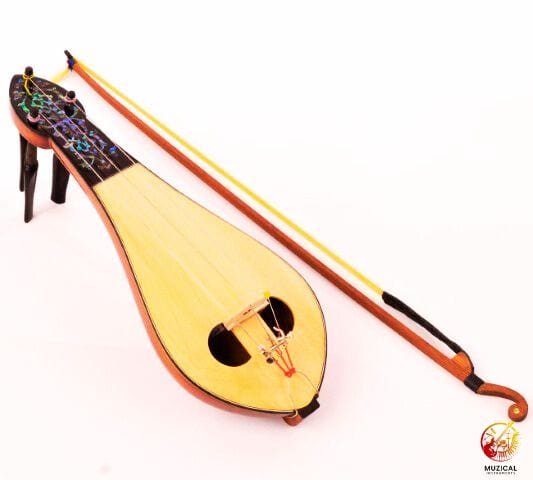
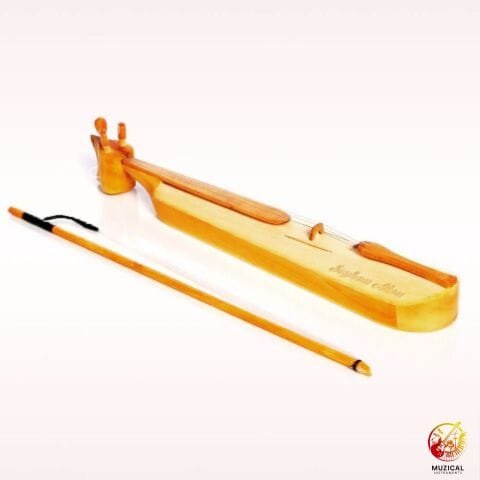
Before we talk about specific trees, you need to know what a “tonewood” is. Think of it as a special type of wood that’s great at making music. The body of a kemence isn’t just a wooden box; it’s more like a natural speaker.
When the bow slides over the strings, they vibrate. Those tiny vibrations travel through a small wooden piece called the bridge and into the kemence’s body. The wood then starts to vibrate too, making the sound loud and giving it a special character, or tone.
The key things that matter are the wood’s density (how heavy it is for its size) and its stiffness. Lighter, stiffer wood vibrates faster, which usually creates a bright and loud sound. Denser wood might create a sound that is warmer and softer.
That’s why you can’t make a good kemence from just any old board. The wood itself is a huge part of the music. This basic idea is the first step in understanding why is kemence made from juniper or plum wood?
Why is Juniper Wood a Top Choice for a Kemence?
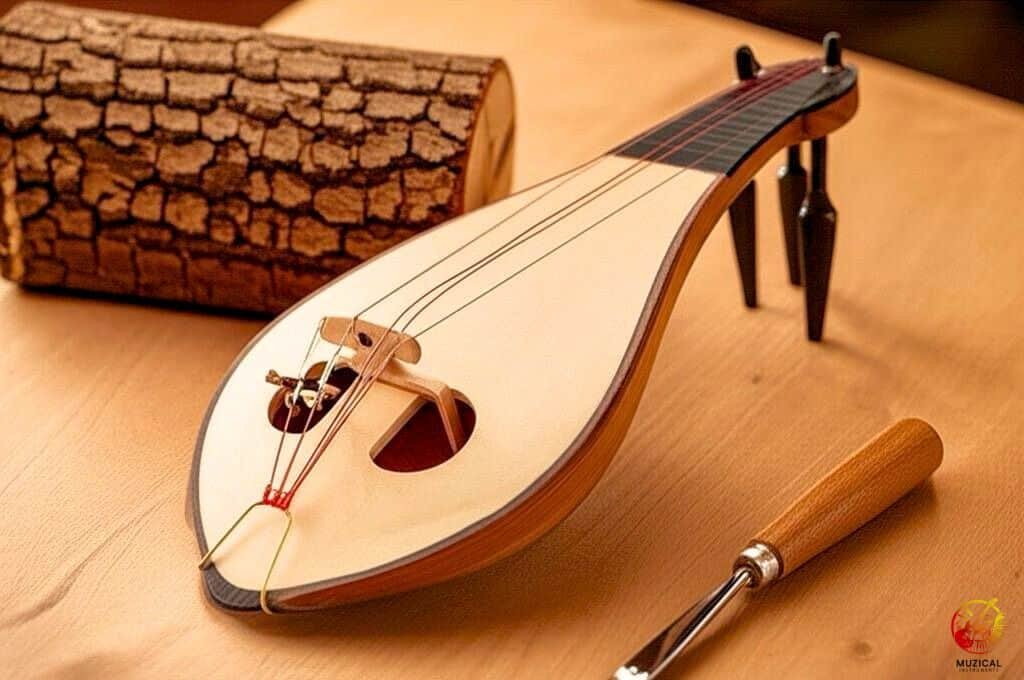
Instrument makers, called luthiers, in the Black Sea area love using juniper (or ardıç in Turkish). They choose it when they want to build a kemence with a very clear and powerful sound.
Juniper wood is light but also very stiff. This combo is perfect for creating a bright, piercing tone that really cuts through. You can easily hear a juniper kemence in a lively group of musicians playing for a horon, the traditional folk dance of the region.
But there’s more to it than just sound. The Black Sea region of Turkey is very rainy and humid. Juniper wood has natural oils inside that protect it from moisture and bugs. This makes it super durable.
An instrument made from juniper can last for a very long time without warping or rotting. This toughness is another big piece of the puzzle in figuring out why is kemence made from juniper or plum wood. It’s a smart, practical choice for the local environment.
What Makes Plum Wood Another Great Option?
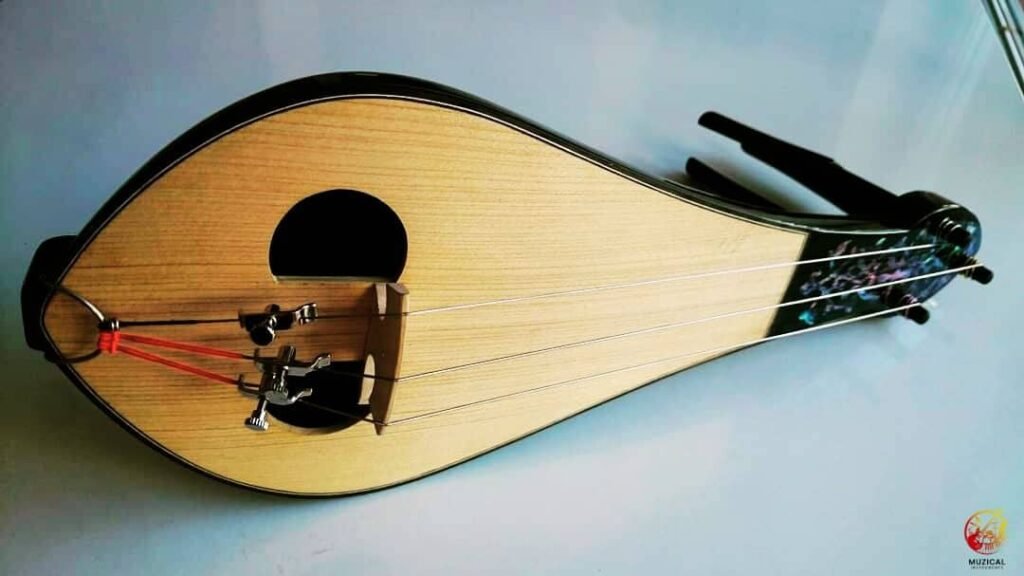
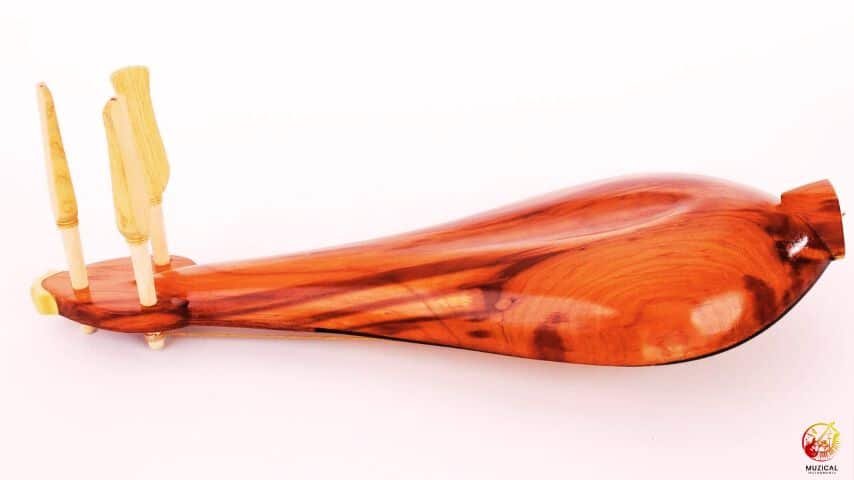
If juniper wood gives a kemence a sharp voice, plum wood (erik) gives it a warm, soulful one. Plum is denser and heavier than juniper, and this changes the sound a lot.
A plum kemence has a rounder, fuller tone. It sounds a bit mellower and is often described as having more “body.” If you think of a juniper kemence as a loud trumpet, a plum kemence is more like a cello.
This makes plum wood a favorite for musicians who play sadder, more emotional folk songs. Besides its beautiful sound, plum wood is also gorgeous to look at. It has rich, deep colors, sometimes with streaks of red or purple. It’s also a great wood for carving.
A kemence is traditionally carved from one single block of wood, and plum’s smooth grain makes this detailed work much easier for the luthier. The combination of amazing sound and good looks helps explain why is kemence made from juniper or plum wood alongside juniper.
Comparison Table: Juniper vs. Plum for a Kemence
| Feature | Juniper Wood (Ardıç) | Plum Wood (Erik) |
|---|---|---|
| Sound | Bright, loud, and sharp | Warm, full, and smooth |
| Weight | Lighter | Heavier |
| Durability | Excellent, especially against moisture | Very good and strong |
| Look | Usually light brown, simple grain | Rich, dark colors, often with patterns |
| Best For | Fast, energetic folk dance music | Slower, more emotional melodies |
Are Other Woods Used for the Pontic Lyra?
Juniper and plum are the stars, but they aren’t the only woods used. The Pontic lyra, another name for the kemence, can also be made from other local trees. A very respected choice is mulberry wood (dut).
Mulberry is a famous tonewood used for many instruments in the Middle East. For a kemence, it creates a sound that is both loud and warm, a perfect mix of juniper’s power and plum’s warmth.
Sometimes, you might see a kemence made from walnut or cherry, but this is less common for the main body. Where you might see different woods is on smaller parts. For example, on a modern kemence, the tuning pegs might be made of a super hard wood like ebony.
But traditionally, the entire instrument, from top to bottom, was carved from the same block of juniper or plum. This commitment to a single block of wood is central to understanding why is kemence made from juniper or plum wood; you need a perfect piece of a specific type of tree.
How is the wood choice tied to the Black Sea culture?
You can’t separate the story of the kemence from the geography of the Black Sea. A huge reason why is kemence made from juniper or plum wood is simply because those trees grow all over the steep, green mountains of the Karadeniz region.
For hundreds of years, people like the Laz and Hemshin used the materials they had around them. They couldn’t order fancy wood from other countries, so they became experts at using their local trees. The sound of the kemence is truly the sound of the local forest.
Also, think about how it’s made. The traditional kemence is a monoxyle instrument, a fancy term that means its body, neck, and head are all carved from one solid piece of wood. This is very different from a violin, which is glued together from many thin pieces.
To do this, you need a chunk of wood that is strong and stable and won’t crack. Juniper and plum trees provide exactly that. This ancient building method is a cultural tradition that reinforces why is kemence made from juniper or plum wood. It’s a choice based on what the land provides and what the tradition demands.
Final Thoughts
So, the choice of wood for a kemence is anything but simple. The final answer to why is kemence made from juniper or plum wood is a perfect blend of three things: sound, strength, and culture.
Juniper gives the instrument its powerful, bright voice for dancing, while plum gives it the warm, emotional tone for singing sad songs. Both woods are tough enough to survive the damp Black Sea climate and are perfectly suited for the traditional one-piece carving method.
The next time you hear a Turkish folk music recording with a kemence, listen closely. See if you can hear the difference, the sharp cry of juniper or the deep soul of plum.
It’s the sound of a tree, a tool, and a tradition all playing in perfect harmony.
FAQ: Why is Kemence Made from Juniper or Plum Wood
1. What is a Kemence instrument?
A Kemence (also known as the Pontic lyra) is a traditional three-stringed fiddle from the Black Sea region of Turkey. It’s known for its unique boat-like shape and is played upright, often resting on the musician’s knee.
2. What does a Kemence made from juniper sound like?
A Kemence made from juniper wood has a very bright, sharp, and powerful sound. Because juniper is a light but stiff wood, it produces a loud and clear tone that is perfect for the energetic folk dance music of the Karadeniz region.
3. Is plum wood a good tonewood for instruments?
Yes, plum wood is an excellent tonewood, especially for instruments like the Kemence. It is denser than juniper, which gives the instrument a warmer, mellower, and fuller sound. It’s often chosen by musicians for playing more emotional and soulful melodies.
4. What is the main difference between a Kemence and a violin?
The main differences are in their shape, construction, and how they are played. A Kemence has a narrow, boat-shaped body and is carved from a single block of wood. A violin is made from many separate pieces glued together. Also, a Kemence is played upright on the knee, while a violin is held under the chin.
5. How is a traditional Kemence made?
A traditional Kemence is carved from one solid block of wood, a method known as monoxyle construction. This means the body, neck, and the head where the tuning pegs go are all one piece. This requires a strong, stable wood like juniper or plum.
6. What type of music is the Kemence used for?
The Kemence is the main instrument in the traditional folk music of Turkey’s Black Sea region. It is most famous for playing fast, high-energy music for group dances like the horon, but it is also used for slower, sadder songs and ballads.
7. Is juniper or plum wood better for a Kemence?
Neither wood is “better”, they just create different sounds for different feelings. Juniper is better for a loud, piercing sound needed for lively dance music. Plum is better for a warm, rich sound suited for lyrical songs. The best wood depends on the style of music the player prefers.
